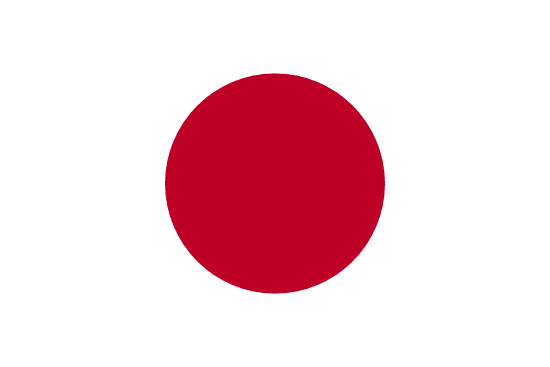"いちゃりば ちょーでー | Once we meet, we're brothers and sisters"
About:
Okinawa, an island in Japan, has a rich history dating back to the Ryukyu Kingdom (1429-1879). Known for its strategic location, Okinawa was a significant trade hub. In 1879, Japan annexed it, forming Okinawa Prefecture. During WWII, the Battle of Okinawa caused significant devastation. Post-war, the US administered Okinawa until 1972, when it reverted to Japan. Today, Okinawa hosts a large US military presence and is renowned for its unique culture and longevity of its residents.
When to visit:
The optimal time to visit Okinawa, Japan for a holiday is during the spring months of April and May, or in the fall between September and November. During these periods, the weather is mild with comfortable temperatures and lower chances of typhoons, which are common in the summer months. Tourists can enjoy the stunning cherry blossoms in spring or vibrant fall foliage in autumn, adding to the beauty of the island. Additionally, these shoulder seasons offer fewer crowds and lower accommodation rates, allowing visitors to fully immerse themselves in the unique culture and natural beauty of Okinawa.
When to avoid:
The worst time to travel to Okinawa, a subtropical region in Japan, is during the rainy season, known as the tsuyu or "plum rain season," which typically occurs from early May to late June. This period is characterized by frequent rain showers and high humidity, making outdoor activities less enjoyable. Additionally, typhoons are common in Okinawa from June to November, with peak activity typically in August and September, posing potential risks to travelers. It is advisable to avoid visiting Okinawa during these times to ensure a more pleasant and safe holiday experience.
"Winter Monsoon Season"
Okinawa's rainiest season runs from May to June, known as Tsuyu, or the rainy season. Temperatures hover around 20-25°C (68-77°F), with rainfall peaking in June, averaging 247mm. The sky is often overcast, with sporadic sunlight. An average day for a visitor during this season would involve periods of steady rain, occasionally heavy, interspersed with moments of overcast skies. Despite the wet weather, the temperatures remain mild to warm, making indoor activities or exploring the island's lush, green landscapes ideal.
"Summer (June–August)"
In Okinawa, the warmest part of the year is typically from June to September, with August being the peak. During this season, the average high temperatures range from 30°C (86°F) to 32°C (90°F). The area experiences a subtropical climate, so the humidity is quite high, often exceeding 80%.
Rainfall is significant during these months due to the rainy season (from May to June) and the typhoon season (from August to October). The region receives an average rainfall of around 200-300mm per month. Despite the rain, there's still a fair amount of sunlight, with an average of 6-7 hours of sunshine per day.
Regarding cloudiness, it varies greatly due to the changing weather patterns. There are days when the sky is mostly clear, but it can quickly change to overcast especially during the typhoon season.
For a visitor, a typical day during this season would feel hot and humid. The high humidity can make the actual temperature feel warmer than it is. Despite the heat, the sea breezes can offer some relief. However, due to the high chances of rain and typhoons, it's advisable to carry an umbrella or raincoat and to keep an eye on the weather forecast.
Language:
In Okinawa, Japan, the most commonly spoken language is Japanese. However, the region also has its own indigenous language, known as Okinawan, which is distinct from standard Japanese. While its use has declined, efforts are being made to revive it. English is also spoken, particularly in areas frequented by tourists.




